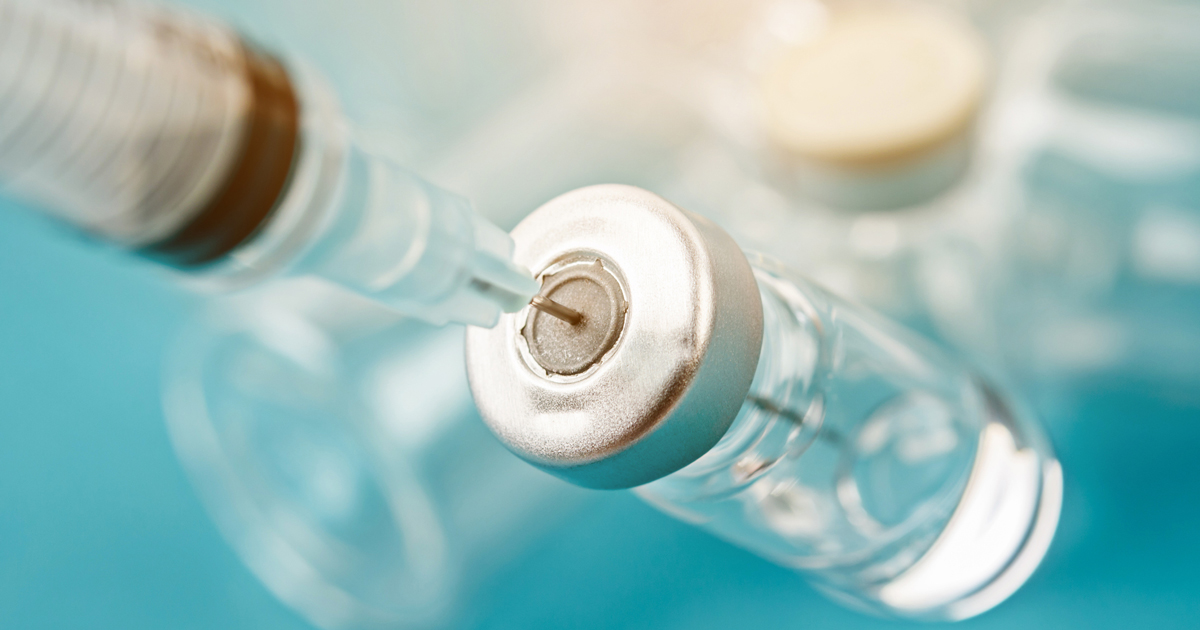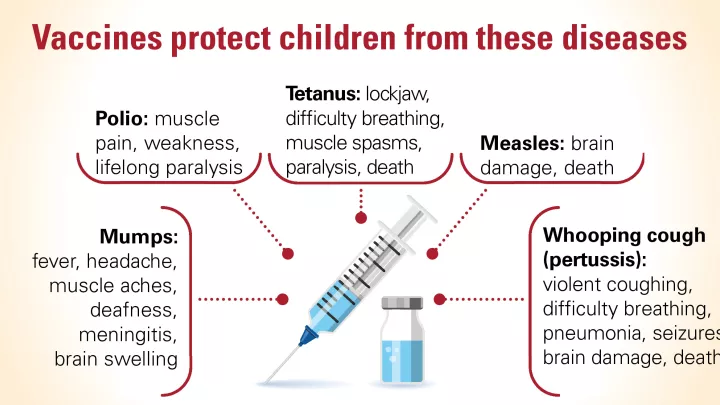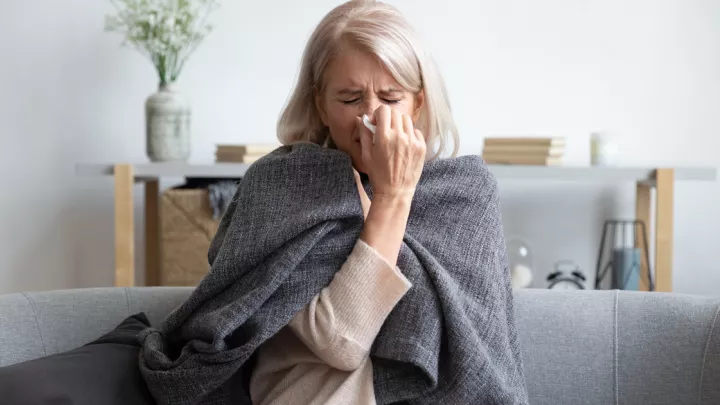How long it takes to make safe, effective COVID-19 vaccines

There are two things a vaccine must do: prevent disease and be safe to take.
Epidemiologist David Brett-Major, MD, MPH, is experienced with vaccine development. Below he shares how COVID-19 vaccine candidates are moving towards use in communities.
A helpful head start
Before any testing in humans, vaccines are developed in what’s called the preclinical phase. SARS-CoV-2 (the virus that causes COVID-19) is a coronavirus. SARS and MERS also were caused by a coronavirus. Much preclinical work has already been done for other coronaviruses, so this gave COVID-19 vaccine researchers a big head start. Researchers are also using tools for the current vaccines that were developed against other threats like the Ebola virus.
“Coronaviruses have a sticky bit – a spike protein – that gives them their distinctive spiky shape,” says Dr. Brett-Major. “Most of the vaccines for this emergency use the spike protein to trigger our immune system, which helps our immune system remember it when it encounters the actual virus.”
Sometimes preclinical work takes years. For the COVID-19 vaccines, researchers are further along.
Doing the work of clinical trials takes money and focus
Each potential vaccine must go through a gauntlet of tests, called clinical trials, to see if the vaccine works and is safe for humans. Over 180 COVID-19 vaccines are in development worldwide. Most of them will not make it through clinical trials.
| Clinical trial | Number of people taking the vaccine candidate | Goal of the phase | COVID-19 vaccine candidates in this stage |
|---|---|---|---|
| Phase 1 | Dozens | See if the vaccine is safe. | 28 |
| Phase 2 | Hundreds to thousands | Test safety and optimize dosages. | 14 |
| Phase 3 | Thousands to tens of thousands | See if the vaccine works in the field and is safe for everyone. | 11 |
Getting through Phases 1, 2 and 3 often takes several years. Currently, in the United States and internationally, these trials are happening quickly. Usually, if a vaccine is unlikely to meet approval, the drug manufacturers do not want to invest in increasingly expensive phases for no reason. For COVID-19, money is being spent to push faster.
Ensuring safety through extensive testing
The Phase 3 vaccine candidates are not far enough along to have an approved vaccine by the end of the year. An approved vaccine has gone through step by step evaluation by its clinical trials, Data Safety and Monitoring Board and FDA review. “We need to wait for sufficient data before even an emergency use authorization from the FDA could be granted,” says Dr. Brett-Major. “There is little chance that will happen by the end of the year.” Vaccine manufacturers signed a joint pledge only to submit vaccine candidates that are proven safe.
Side effects are pretty typical with vaccines, but any severe issues will disqualify a vaccine candidate. Dr. Brett-Major says, “Vaccines are designed to trigger your immune system. If it is not making you feel a little punky, then it is hard to know if it is affecting your immune system.” But if side effects become severe, the vaccine candidate is out. AstraZeneca’s Phase 3 trial was put on hold because one person developed an inflammatory disorder.
And even after a vaccine is approved, the evaluation does not stop. “When a vaccine reaches the market, that is what we call Phase 4,” says Dr. Brett-Major. “They continue assessment after it is out. An earlier version of the rotavirus vaccine was pulled years ago, for instance, after it was on the market.” So, you can rest assured that people continue to take safety seriously after a vaccine is released.
Distribution takes time
Okay, if a vaccine got approved tomorrow, what then? Could you see a vaccine in your local pharmacy next week?
Not so fast. These vaccines first need to be created on a huge scale never seen before. For reference, the flu vaccine takes months to distribute each year, and less than half of the United States population takes it. (Although everyone should!) The COVID-19 vaccine would need to be made in large quantities, then distributed to not only the entire population of the United States, but also the whole world. “We are aiming to distribute products that have never been licensed for use in people before to 7 billion people. That takes time,” says Dr. Brett-Major.
Distribution depends on the type of vaccine that gains approval. Some vaccines require cold chains, meaning the vaccine needs to be kept at a specific temperature from the manufacturing plant, during delivery, and then at the provider facility.
If more than one vaccine is safe and effective, that will make distribution go faster. “It is good to have a lot of options,” says Dr. Brett-Major. “Different types of vaccines would need different supply chains.”







